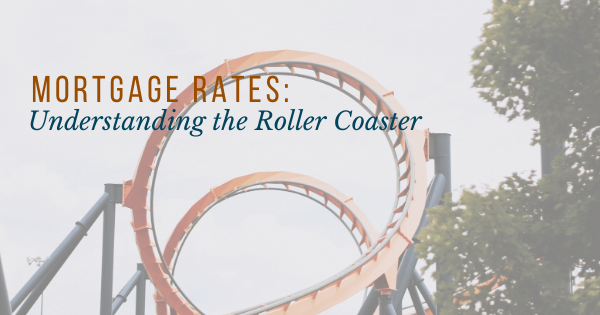How are interest rates determined?
Interest rates are not as straight forward and you’d like to think. Let’s start from the beginning and forgive me if I oversimplify.
The Bank of Canada (BoC) determines the overnight rate. According to Investopedia.com, the “overnight rate provides an efficient method for banks to access short-term financing from central bank depositories”. In other words, this is the rate at which banks lend to each other.
The lenders’ Prime rate is affected by changes in the overnight rate. Prime Rate is what all variable term lending is based on, whether it be a mortgage or line of credit.
Fixed rates, on the other hand, are primarily based on the bond market. Now the bond market reacts to changes in the BoC overnight rate, but it isn’t a direct correlation.
During times like this, there are other costs for lenders, aside from the above. More on that below.
We all saw the BoC drop the overnight by 1.5 percentage points in March. They did this to make it easy for people to lend, spend and invest. As we are well aware, the economy came to a grinding halt when lockdown measures were introduced. This is the BoC’s way of stimulating the economy.
Lenders followed that up with the same drop in their Prime Lending Rate. This is great news for anyone with variable and adjustable term products who have existing deep discounts.
For those hoping to enter the market, the news isn’t all sunshine and rainbows, but why? Well, there are other costs to lending that consumers don’t see.
How do lenders determine mortgage rates?
Lenders don’t just have vaults of money sitting, waiting for consumers and businesses to come in and request a loan. Most lenders actually have very little money on hand. Typically, lenders borrow it and make money on the spread between how much they’re charged and how much they charge the borrower.
With over a million Canadians losing their jobs, albeit many are temporary, lenders feel the necessity to build in a risk premium to their pricing to account for possible defaults for this new money being lent. So, the cost to borrow has now increased for lenders.
This is what has led to lower discounts and even premiums on most new variable or adjustable rate terms and higher fixed rate terms. In late February variable rates sat around Prime minus 0.8% (then 3.15%) and are now between Prime minus 0.10% and Prime PLUS 0.40% (currently 2.15% to 2.85%). And when this crisis is over, we expect Prime to increase. This doesn’t offer a lot of rate security for new borrowers.
Risk premiums are also responsible for higher fixed terms, especially shorter terms. Lenders expect risk premiums to decrease once we return to a “new normal”. As such, shorter-term products are priced higher than five year plus terms.
COVID-19 Recession
The good news is that the current situation can’t last forever. In this CBC News article, “Economists are already predicting that the COVID-19 recession is likely to be incredibly sharp, but it’s anyone’s guess how long it will go on for.”
Rates are on the rise due to uncertainty among lenders. The above article goes on to say That “once that cloud lifts, they’ll want to start lowering rates again, and they won’t build in that uncertainty premium like they are now.”
This is great news for those looking to buy once things start to return to “normal” or those who have renewals in the fall or next year.
As always, if you have questions or want to understand what this means to you, please don’t hesitate to reach out. You can email me at susan@ashtonmortgages.ca or call me at 403-804-7002.
Be safe and stay healthy!
#werestrongertogetherbutsixfeetapart



Leave A Comment